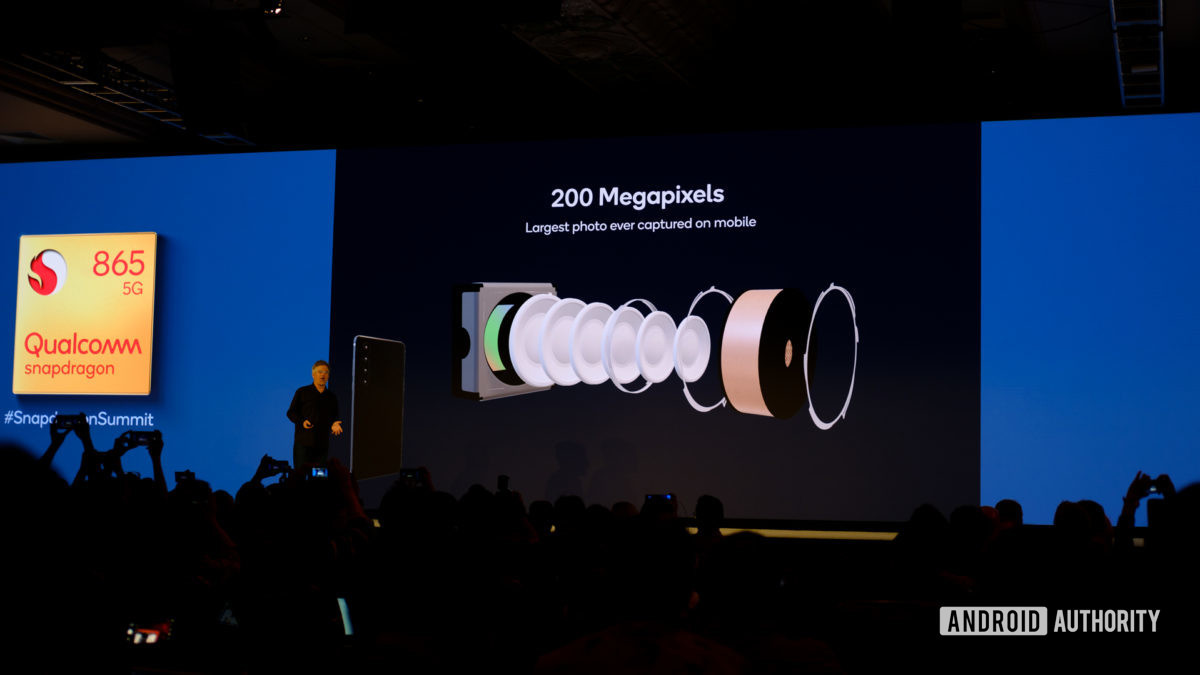
12-8: Average selling prices (ASP) for memory could rise as much as 30% in 2020; vivo has revealed that it is joining the Google’s Fuchsia ecosystem and is developing products; etc.
Chipsets
Qualcomm has been working closely with the game developers to implement 90fps gameplay on PUBG Mobile. Qualcomm has also announced 10-bit HDR support will be coming to the game. (Android Authority, 9to5Google, TechRadar, IT Home)
Qualcomm and Niantic have announced a multi-year partnership aimed at bringing augmented reality (AR) devices to the public in the next few years. Five unnamed manufacturers are working with Qualcomm on XR2-based hardware, and according to Qualcomm XR head Hugo Swart, products featuring the platform should start coming out in 2H20. (Digital Trends, TechCrunch, The Verge, Xueqiu)
According to TF Securities, Securities, there will be 62 semiconductor wafer fabs put into production globally during 2017-2020, of which 26 are located in mainland China, accounting for 42% of the global total. Mainland China has invested hundreds of billions of dollars in the 12” wafer fab. The product involves multiple fields and processes, and multiple projects are already running. The remaining projects will be put into production in the next 2-3 years. (TF Securities report)
Camera
Qualcomm senior director of product management Judd Heape has revealed that 200MP sensors were in development and would arrive some time in 2020, and that they would be “only supported by Snapdragon 865”. (Pocket-Lint, Tech Advisor)
With the further popularization of multi-cameras and ultra-high pixels on smartphones, the demand for high-end products in the industrial chain has continued to expand. The high-end CIS chip production has recently become tight. Jiwei.com has learned from the supply chain that not only high-end CIS chip production capacity is tight, but also high-end optical lens and SMA (shape alloy memory) VCM motor. Jiwei.com has learned that the ball motor is a patented product promoted by SEMCO. Only one of them is mainly produced, and most of them are used in Samsung’s products; yet, a small part is also supplied to OPPO, vivo, Xiaomi and other brands. (Laoyaoba, EE World)
According to Sigmaintell, 3Q19 global smartphone shipments fell 3% year-on-year. However, driven by the trend of multi-cameras, phone camera sensor shipments are approximately 1.3B units, an increase of 14% year-on-year. Chinese module manufacturers Sunny Optical, O-Film, and Q-Tech occupy 30% of the market share. In 3Q19, dual-cam accounts for 30%, tri-cam accounts for 26%, and quad-cam accounts for 22%. Among multi-camera configuration in 2019, wide-angle + ultra-wide-angle + telephoto tri-cam design and wide-angle + ultra-wide-angle + macro + depth-of-field quad-camera design to achieve a variety of application effects of distant view + close range + macro + portrait + backlight + night. (Sigmaintell, press, Laoyaoba)
Shingo Mamura, director of manufacturing technology at Sony Semiconductor, has explained Sony’s CMOS image sensor (CIS) business production strategy. Mamura has emphasized that Sony is taking factory automation measures based on big data analysis and AI technology at various production bases, and is conducting the following 7 projects to build a smart factory: intelligent production equipment based on edge computing; based on market surveys, demand forecasts, and customer information and other value chain factory production management; intelligent MES; innovative energy systems; integrated IT systems; intelligent procurement of parts and materials; and intelligent engineering systems based on big data. (Laoyaoba, My Navi)
Due to the popularization of the quad-cam specifications in the low and mid-range models, the demand for 2MP and 5MP specifications has increased. Currently, supply is mainly concentrated on GalaxyCore and Superpix. Due to the tight production capacity of 8” wafers, supply shortages and price increases in the short term. Hynix plans to restart the supply of 2MP and 5MP products in 2020. (IHS Markit report, IHS Markit report)
Isaiah Research expects that periscope camera adoption may increase with notable module price reduction and Huawei’s exclusive agreement with Sunny Optical and Luxvision due in 1Q20. Additionally, Isaiah Research sees that smartphone makers may be working with module makers for better resolution or even farther zoom-in effect of periscope cameras, mainly adopted on flagship models. (Isaiah Research report)
Isaiah Research has noticed that 48MP camera adoption may go down to the price segment of CNY1,000. They do not think 64MP may enter CNY1,000 segment due to the high price of the module. Besides Xiaomi and vivo, OPPO may consider Samsung’s new 108MP sensor with 0.7um in 2Q20. (Isaiah Research report)
Memory
Average selling prices (ASP) for memory could rise as much as 30% in 2020, driven mainly by strong demand for server and mobile applications, according to Digitimes. (Digitimes, CN Beta, EXP Review, Seeking Alpha)
Huawei is becoming more of a “double-edged sword” to Samsung. Huawei is one of Samsung’s top 5 customers, but competition between the two companies is heating up in 5G communication equipment, smartphones, and mobile application processors (APs). As China is pushing for “China Manufacturing 2025” to boost self-sufficiency in memory semiconductors such as DRAMs and NAND flashes, Huawei’s contribution to Samsung’s sales may drop sharply 6 years later. (Laoyaoba, Sam Mobile, Business Korea)
The memory sector is expected to resume growth momentum in 2020 thanks to steady increase in demand for 5G and server applications, with DRAM and NAND flash to see supply shortfalls in 2H20, according to Digitimes. The DRAM would see 13%-17% shortage, while NAND Flash would see 20%-30% shortage. (Digitimes, Yahoo)
Biometrics
Reusing passwords across multiple account-based services is common. According to a 2018 study of nearly 30 million users and their passwords, password reuse and modifications were common for 52% of users. The same study also found that 30% of the modified passwords and all the reused passwords can be cracked within just 10 guesses. (GizChina, Microsoft, Virginia Tech)
Battery
According to IHS Markit, in recent years, with the increase of the size of phones, the display of phones has increased, the capacity of batteries has been increasing. In 2006 the market share less than 2000mAh is 35% and the proportion of batteries less than 3000mAh is over 70%. In 2008 the market share of 3000-3999mAh battery is close to 50%. In the 5 G era, the increase in battery will accelerate, and the proportion of batteries larger than 4000mAh will quickly exceed 20%. (IHS Markit report, IHS Markit report)
Material
Apple has bought the first-ever commercial batch of carbon-free aluminum from Elysis. It is a Montreal-based joint venture of Alcoa Corp and Rio Tinto announced in 2018 with USD144M in funding from the two companies, Apple and the governments of Canada and Quebec. (Apple Insider, Reuters, Fast Company, 36Kr, My Drivers)
Connectivity
Lumentum, a leading provider of photonics products for optical networking and lasers for industrial and consumer markets, and Advanced Fiber Resources (AFR), a leading provider of passive optical components, have announced they have entered into an agreement whereby AFR will acquire the assets associated with certain Lithium Niobate based optical component product lines from Lumentum that are developed and manufactured by Lumentum’s San Donato, Italy site. (Laoyaoba, PR Newswire)
Phone
vivo has revealed that it is joining the Google’s Fuchsia ecosystem and is developing products. News has confirmed that Samsung, Sony, MediaTek, Xiaomi, Huawei, OPPO, Qualcomm and others have been found to be involved in the Fuchsia project. (CN Beta, Small Tech News)
Motorola’s Moto razr seems a clear sign that the manufacturer will arrive with everything in 2020. In addition, the company has announced that they expect to launch a premium phone in 2020, which would feature Qualcomm Snapdragon 865 with 5G connectivity. (GizChina, Android Police)
National consumer-rights law firm FeganScott consolidated its two proposed class action suits against Apple and Samsung after independent testing from a Federal Communications Commission-accredited laboratory confirmed that radio-frequency (RF) radiation levels from popular Apple and Samsung smartphones far exceeded federal limits when the devices are used as marketed by the manufacturers. (Phone Arena, Business Wire, East Day)
Starting about 3 years ago, Elephone adopted an expansion plan that would help the company expand beyond the China domestic market. Elephone will be officially launched in the Pakistani market in Dec 2019. (Gizmo China, TechXue)
IHS Markit estimates that global 5G smartphone shipments will be about 250M units in 2020, of which the Chinese market will account for nearly 60% of shipments and nearly 150M units. Chinese mobile phone manufacturers will account for about half of 5G smartphone shipments. (IHS Markit report, IHS Markit report)
Augmented / Virtual Reality
Magic Leap launched its first augmented reality (AR) headgear in 2018, and the company reportedly has sold about 6000 units 6 months after its launch. The company’s original target is to sell 100K units. (CN Beta, Engadget, The Information)
Adobe is allegedly acquiring Oculus Medium, a virtual reality (VR) sculpting tool originally revealed by the Facebook-owned VR company in 2015. (CN Beta, The Verge)
Home
Panasonic will build its first consumer electronics plant in China in over 16 years, bucking the trend of manufacturers leaving China to avoid the ongoing U.S.-China trade war. The USD41M plant will make kitchen appliances such as microwave ovens and rice cookers, and is scheduled to begin production in 2021. (CN Beta, Asia Nikkei, Dealer Scope)
Automotive
Waymo has revealed that the ride-hailing service will be extended to more public users in 2020. It is unclear how many passengers the service will accept, and the company said it has not had a “specific estimate”. Waymo has also announced plans to add Waymo apps to the iOS App Store. (CN Beta, The Verge, Wired, TechCrunch)
Artificial Intelligence
In 2017, Amazon launched Amazon Transcribe, an automatic speech recognition service that makes it easy for developers to add speech-to-text capability to their applications. Amazon extends it to medical speech with Amazon Transcribe Medical. It allows doctors to easily transcribe patient conversations and add those interactions to someone’s medical records with the help of deep learning software. (Engadget, Amazon, CNBC, CN Beta)
Fintech
According to CBInsights, 3Q19 fintech funding topped USD8.9B, a quarterly record when adjusting for Ant Financial’s USD14B investment in 2Q18. As of 3Q19, fintech has raised USD24.6B in 2019, already surpassing 2017’s annual total. Funding grew on the back of 19 USD100M+ rounds worth about USD4B in 3Q19. (CBInsights report)
India and China continued to battle over the title of Asia’s top fintech hub in 3Q19. China saw deals surge to 55 in 3Q19, reclaiming the lead from India with 33 deals. India saw USD674M in funding, narrowly pulling ahead of China’s USD661M. There are 58 VC-backed fintech unicorns worth a combined USD213.5B. (CBInsights report)
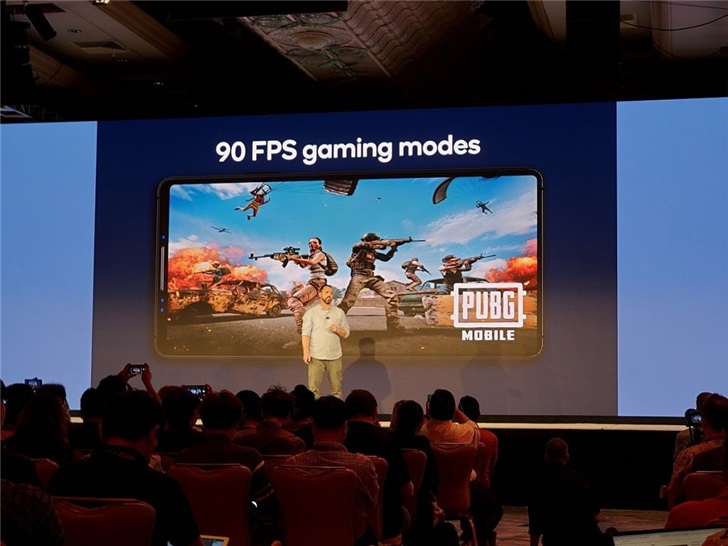
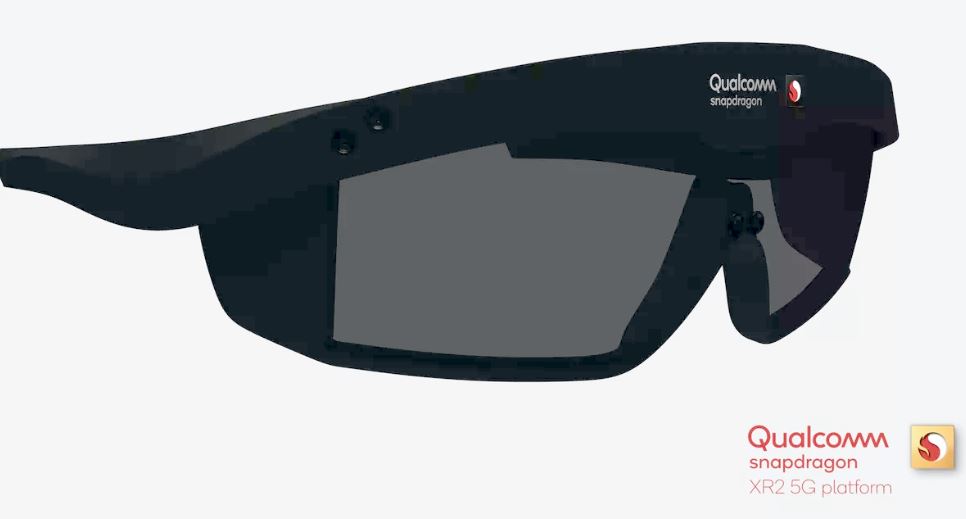
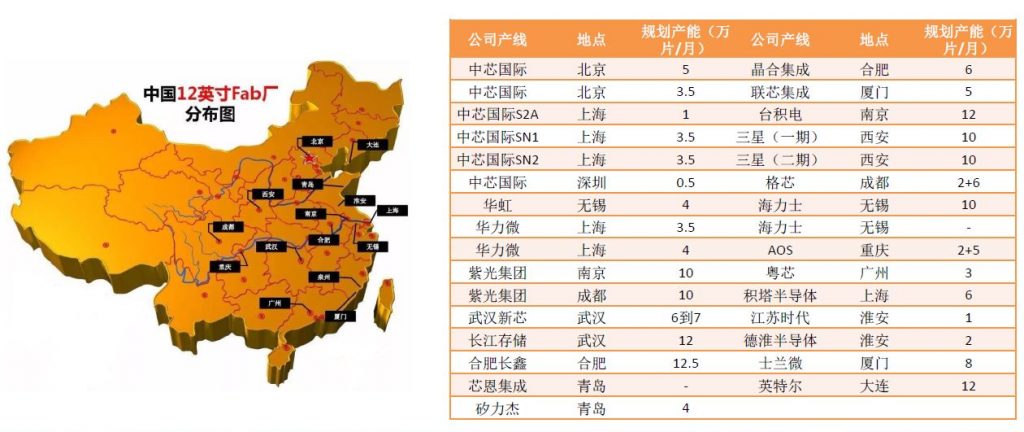
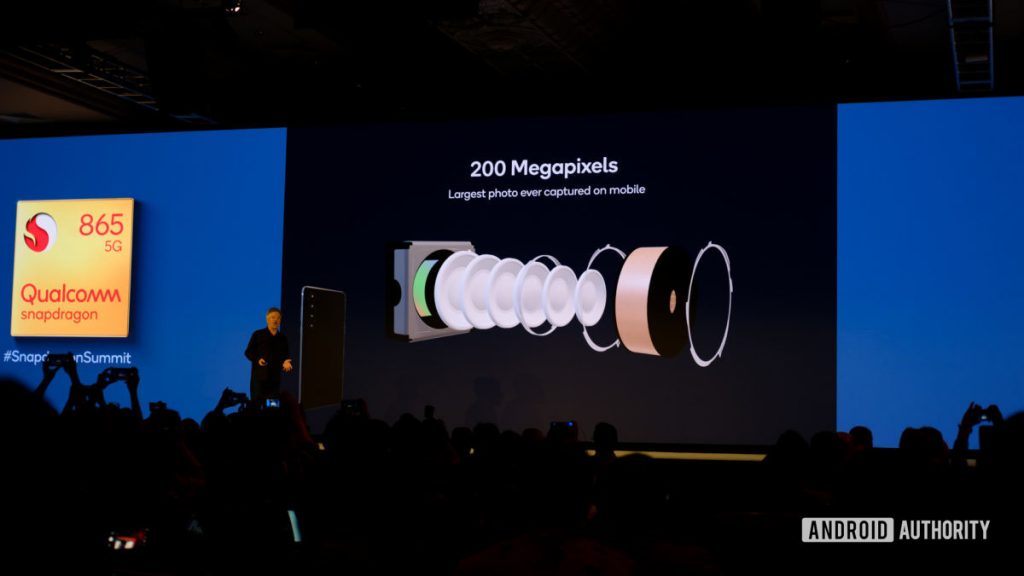
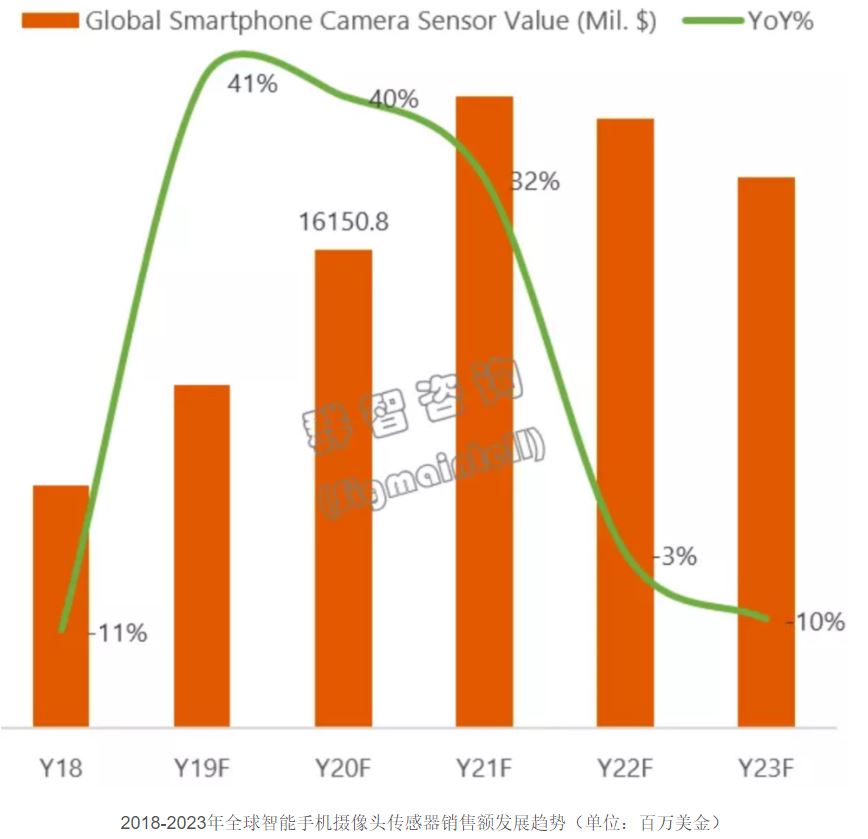
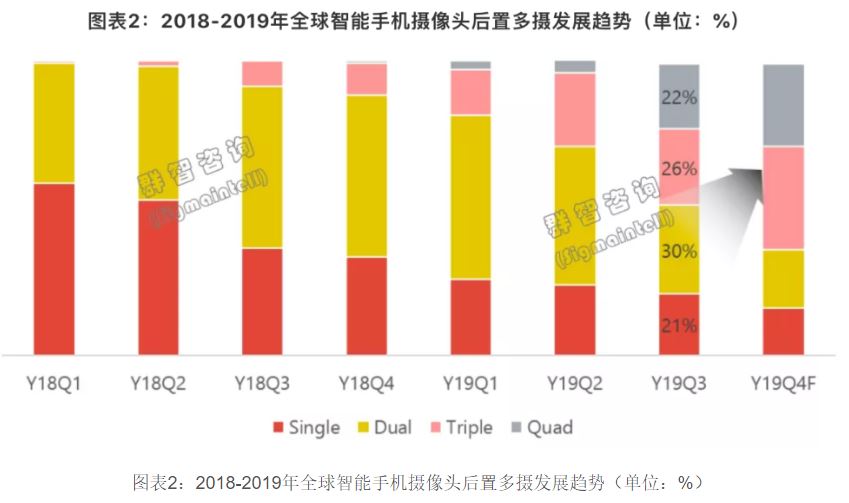

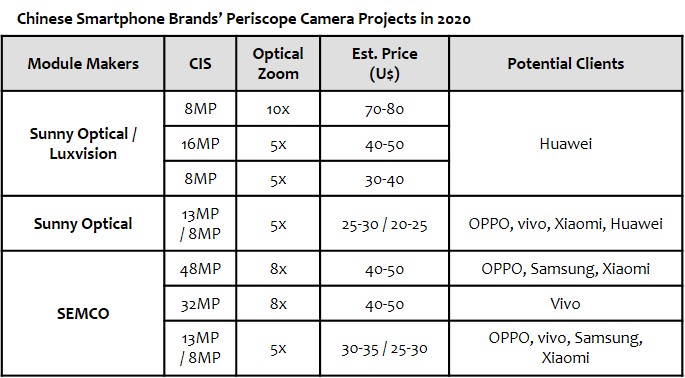
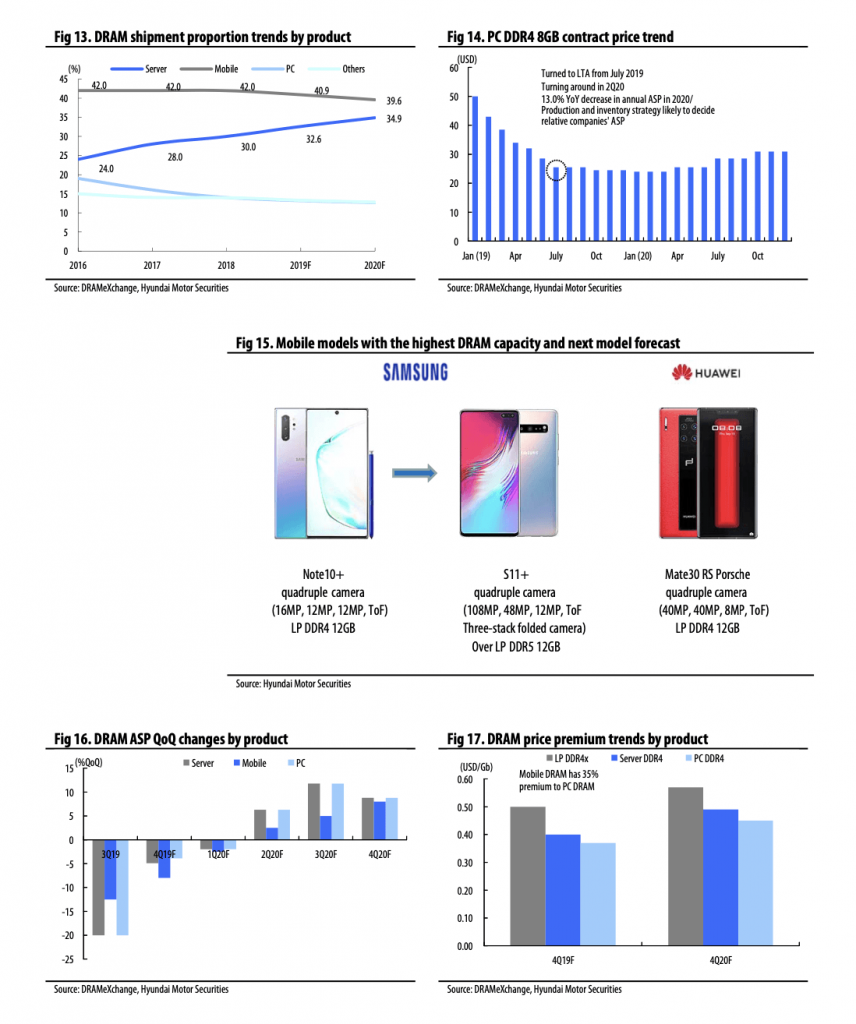
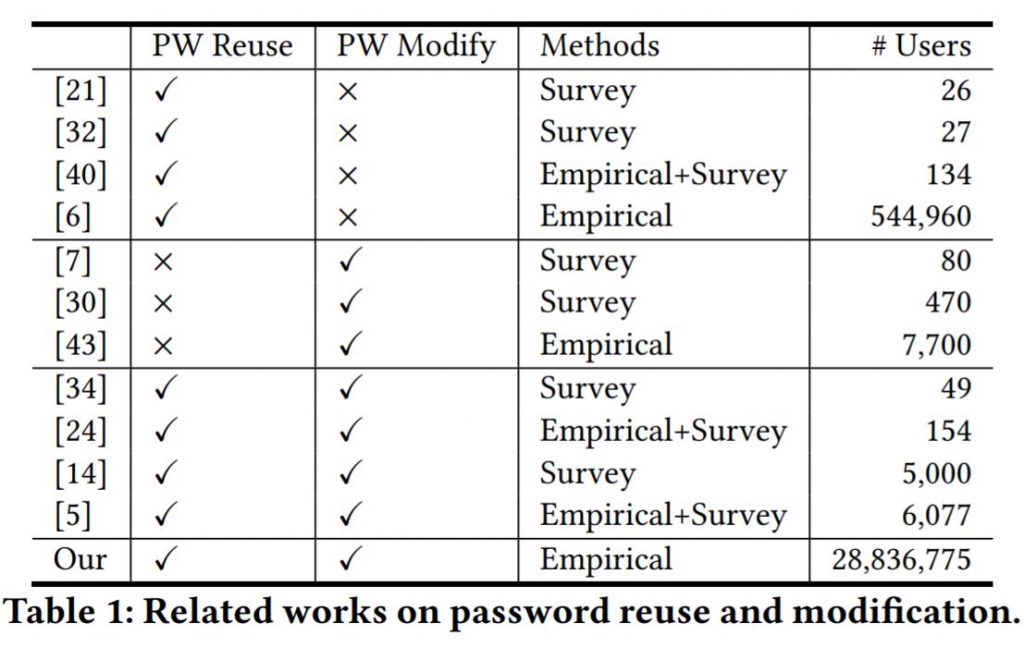
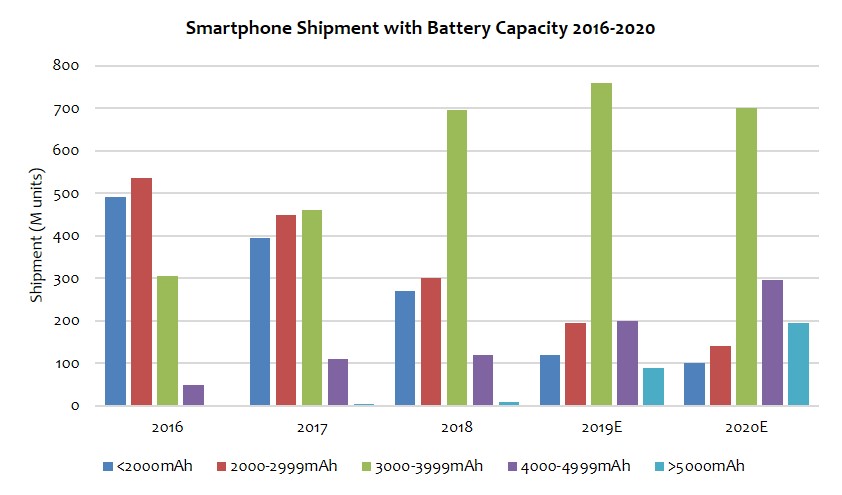
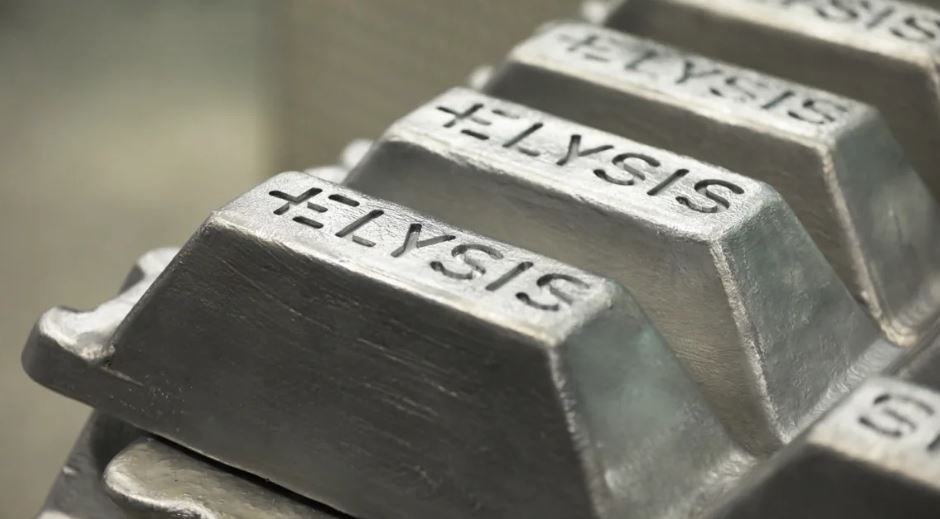
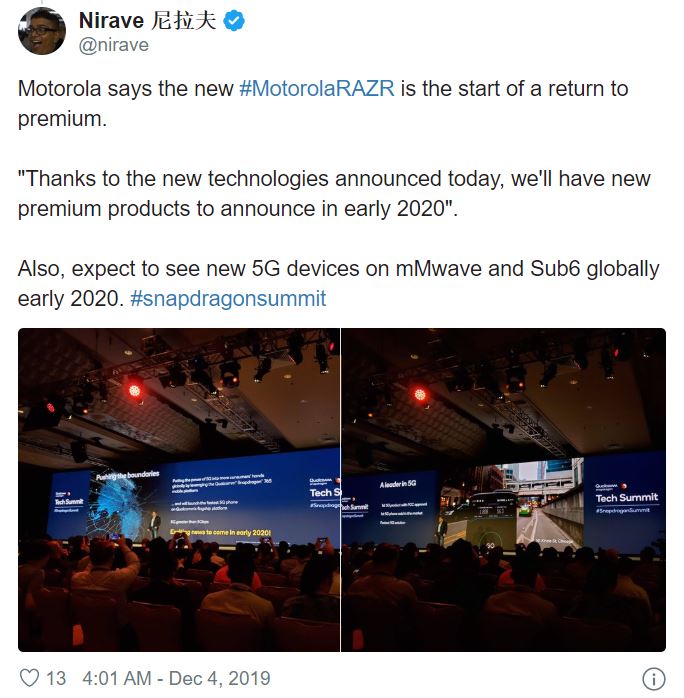

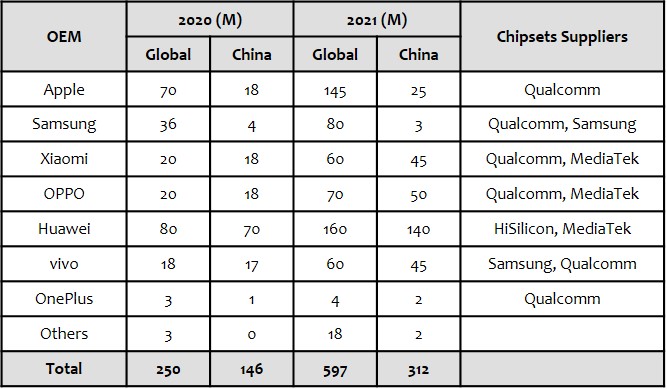
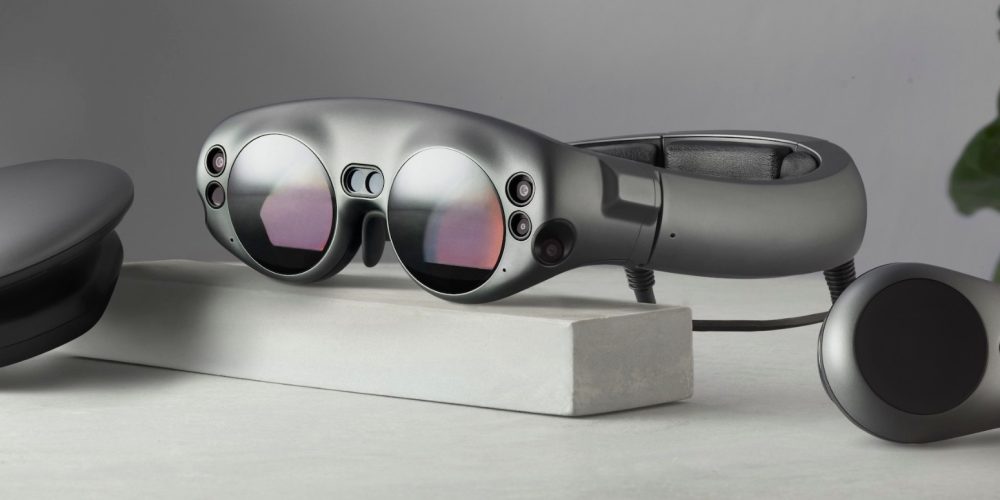

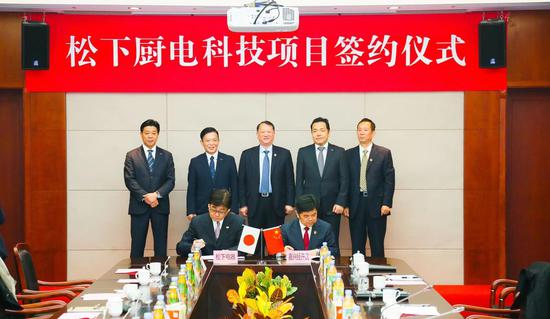

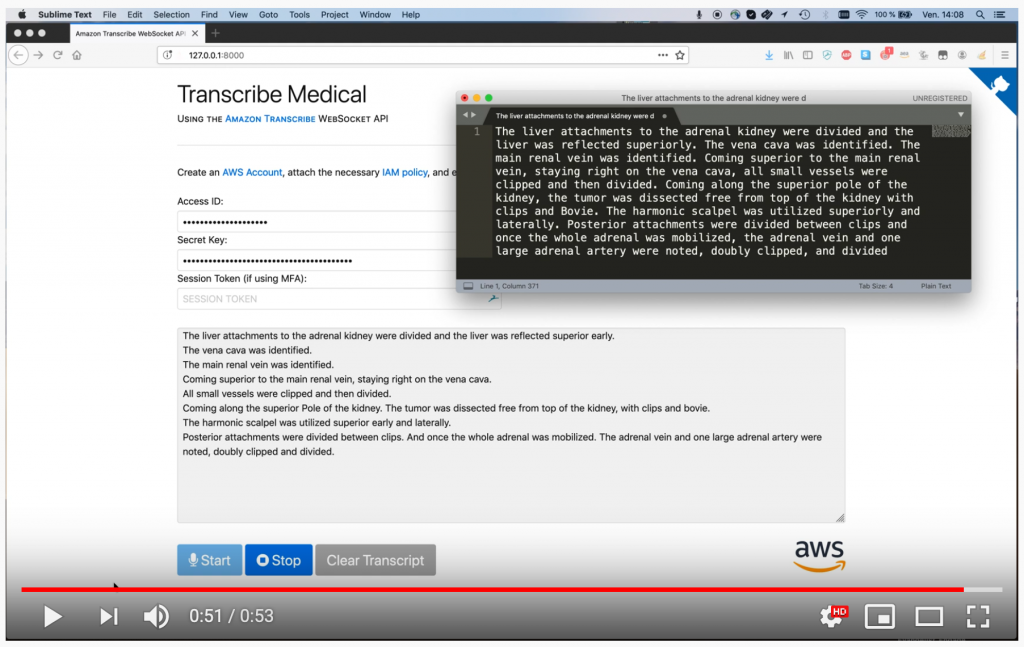
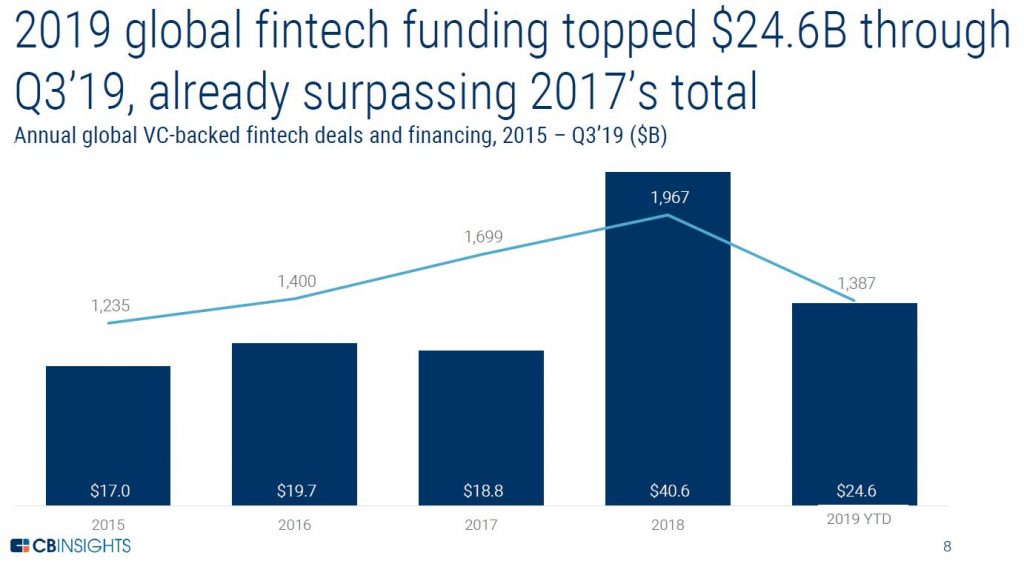
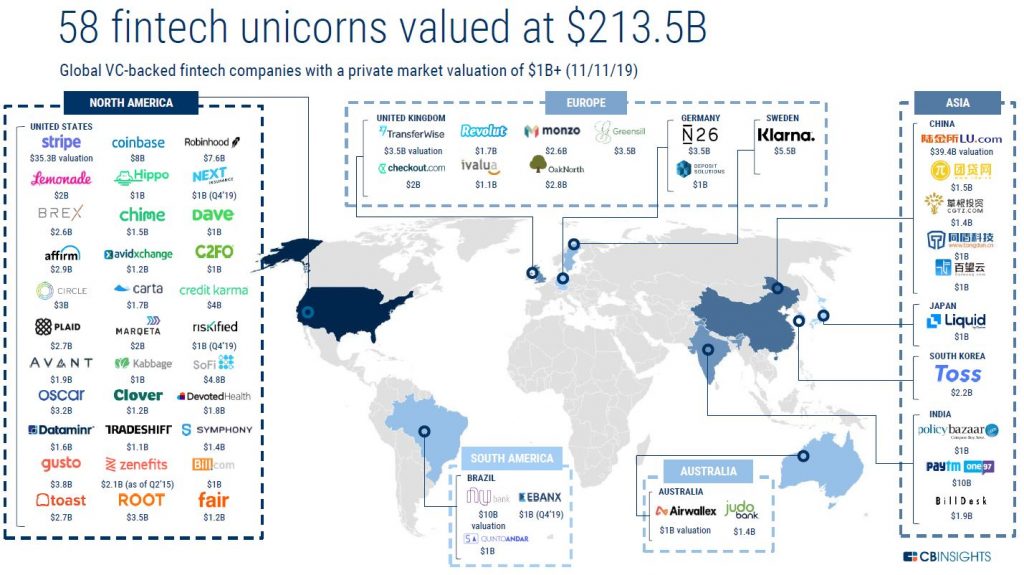
Pingback:Mobile CIS Market Decline Predicted – Machine.Vision
Pingback:Sony Presents its Production Quality Control System – Machine.Vision